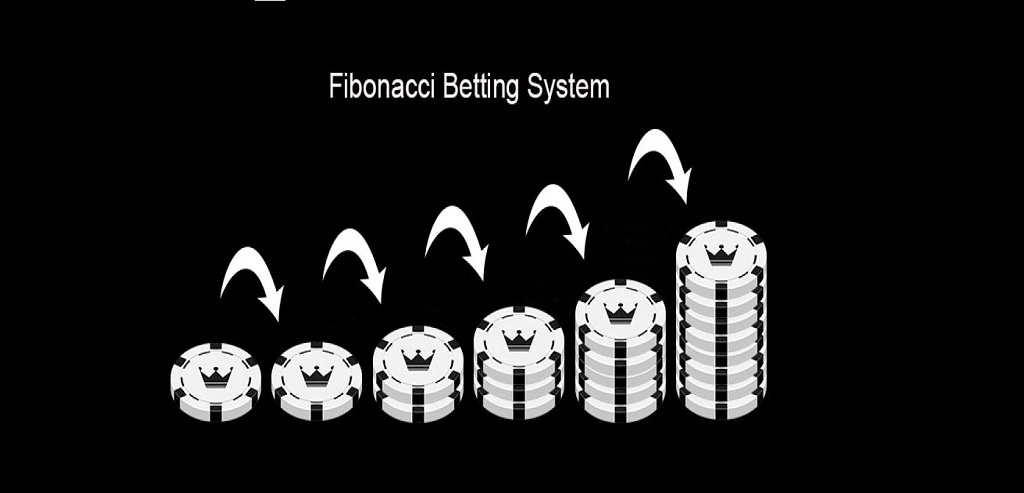Created by avid roulette player, Henry Labouchere in the mid-1800s, the
Labouchere strategy is often compared to the reverse Martingale — with the added use of a sequence of numbers to refer to for each bet amount.
Specifically, the guiding principle of this system is that you double your bets each time you win. But once you lose, you take the lowest number in the sequence as your next bet unit.
As for the sequence, you’ll need to come up with a sequence of numbers you’ll have to follow before starting. Typically, most people use the sequence 1-2-3 as a start.
Using this sequence as an example, your first bet will be the sum of the first and last numbers in the sequence. In this example, your first bet will be four units.
Losing the next bet means you add it to your sequence (1-2-3-4) and start your next round with the same principle of taking the sum of the first and last number (five bet units). Winning this bet means you get to cross off both the first and last number in the current sequence. In our case, this leaves us with 2-3.
For the next bet, start with the first and last numbers again, which is five units. If you lose, add it to the sequence. If you win, cross off both numbers then start the next round with an all-new sequence.
It may sound overly complicated, but it really is pretty straightforward. In fact, the Labouchere strategy is one of the most popular strategies to use as it can help you recoup losses with fewer wins to get you back to where you started. This is also one of the reasons why it’s a fairly popular
roulette betting system.
Pros | Cons |
- A flexible strategy that can be used at tables with low or high betting limits
- A good strategy for cautious players
- An excellent option to use in roulette
| - Not suitable for long sessions unless the sequence is long
- Long losing streaks will burn your bankroll pretty quickly
|










